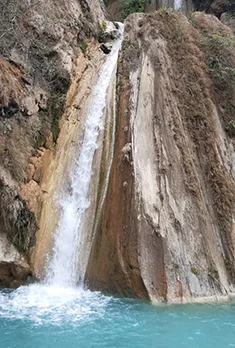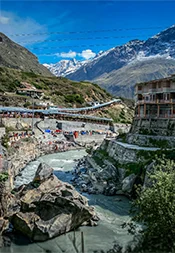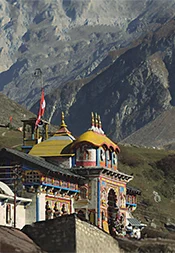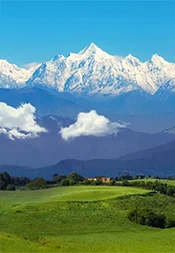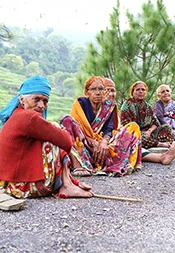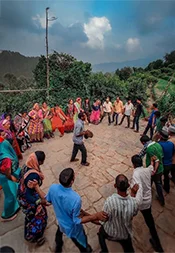Nestled between Hindukush in the west and Maha Kali Anchal in the east, is the Indian Himalayan state of Uttarakhand. In India, it shares its neighbourhood with three states, namely Uttar Pradesh, Himachal Pradesh and Haryana, while sharing international borders with Nepal and People’s Republic of China.
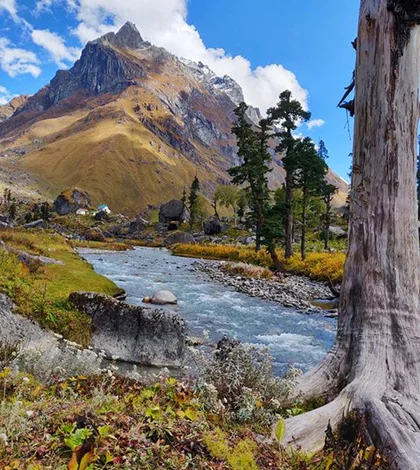
Amazing Landforms
With an area of 53,483 sq. km of which around 65% is forest area, three river systems and four Himalayan zones, the state houses myriads of common and rare species of animals and plants. For administrative and cultural reasons, all the state districts are categorized into two regions i.e. Kumaon and Garhwal.
Since the state is lying in the Himalayan zone, there are major groups of glaciers in the state, with Garhwal region housing almost 9 known glaciers and Kumaon region with 7 known glaciers. At an elevation of 25,643 ft (above sea level) Nanda Devi is the highest
Other important glaciers in this region are Bander Punch, Chorbari Bamak, Doonagiri, Dokriani, Gangotri, Khatling, Satopnath, Bhagirathi-Khark and Tipra Bamak Glacier. The major glaciers present in the Kumaon region are Pindari, Maiktoli, Mrightuni, Sunderdhunga, Kaphini, Namik and Milam Glacier.
Uttarakhand Landforms
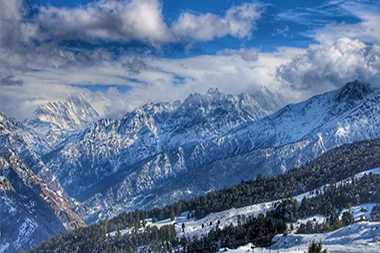
Snow-Covered Peaks
Majestic peaks adorned in pristine and glistening blankets of snow.
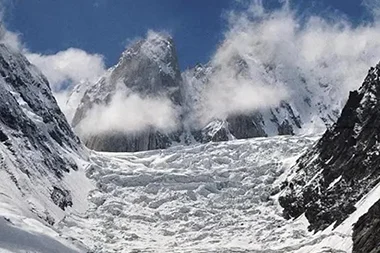
Glaciers
Glaciers sculpting pristine beauty in the heart of the Himalayas.

Streams
Crystal-clear streams flow through lush valleys, nature's soothing melodies persist.

Lakes
Serene lakes mirror majestic mountains, nature's tranquil jewels glisten brightly.

Forests
Dense forests harbor diverse wildlife, a sanctuary of nature's wonders.
Uttarakhand River System
The three major river systems that irrigate this Devbhumi are :
The Yamuna river, which covers most of the western Garhwal region, rises from the Yamunotri Glacier and later is joined by its major tributaries Tons (originating from the Bandarpunch Glacier) and Asan in Dehradun District.
The Ganga river constitutes of two river trails before coming to its final form:
(1) The Bhagirathi rises from the Gangotri Glaciers (near Gomukh) and flows till Gangotri temple where it meets its tributaries Jadh Ganga (Thag La region) and then further ahead Bhilangana(Kedarnath Glaciers).
(2) Alaknanda, which initially rises as Vishnuganga (Chaukhamba Glaciers) meets its first tributary Saraswati near Mana village. Thereafter it meets its five important tributaries at five places of confluence famously known as Panch Prayag, namely Dhauliganga West, Nandakini, Pinder, Mandakini and finally Bhagirathi (at Devprayag) after which it is known as Ganga. After Devprayag, it meets two more tributaries, Nayar and Song river.
(3)The Kali river originates in Kalapani (collection of springs), in the Pithoragarh district. Its major tributaries are Dhauliganga East, Goriganga, Sarju and Ladhiya.
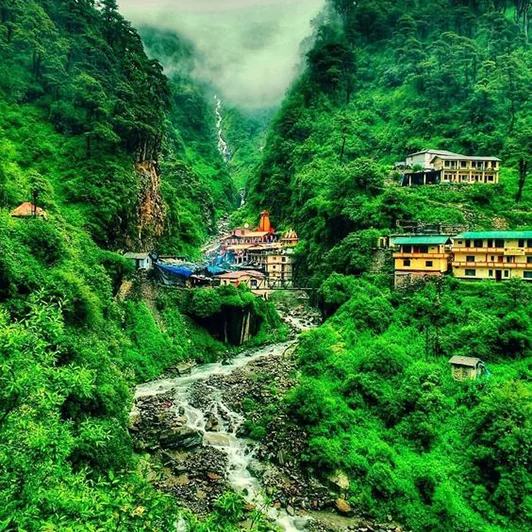
Vegetation wise, the state area is further divided into four zones
This unique and exotic blend of rivers, mountains, glaciers and marshy habitats have given Uttarakhand an ecosystem rich in Flora and Fauna species.
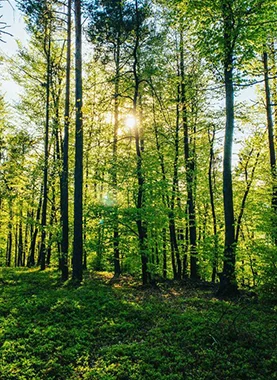
Tropical-Subtropical Forest Zone
It includes species like Khair, Kanju, Haldu, Sisam and Sal
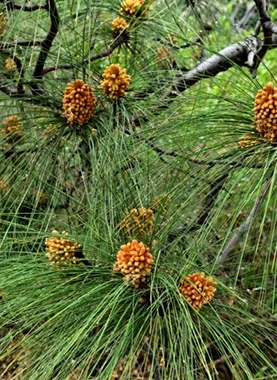
Subtropical-Temperate Zone
It houses species like Chir Pine, Burans, Kaphal, Deodar, Moru Oak and Kharsu Oak

Temperate-Sub Alpine Zone
It has species like Kail, Birch, Blue Pine and Cypress
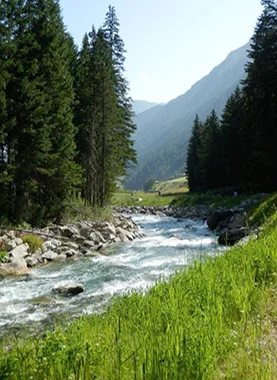
The Alpine Zone
where flora gradually decreases to xerophytic and mesophytic bushes and Alpine pastures. Some known and important Bugyals of this zone are Bedni Bugyal, Auli and Gorson Bugyal, Dayara Bugyal, Panwali Bugyal and Kush-Kalyan.

